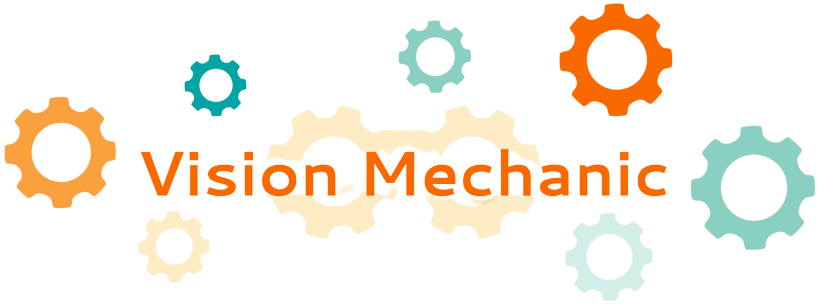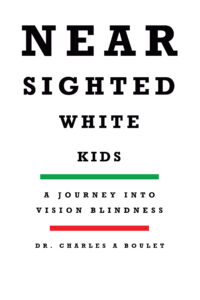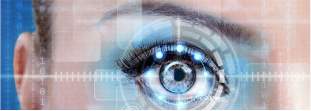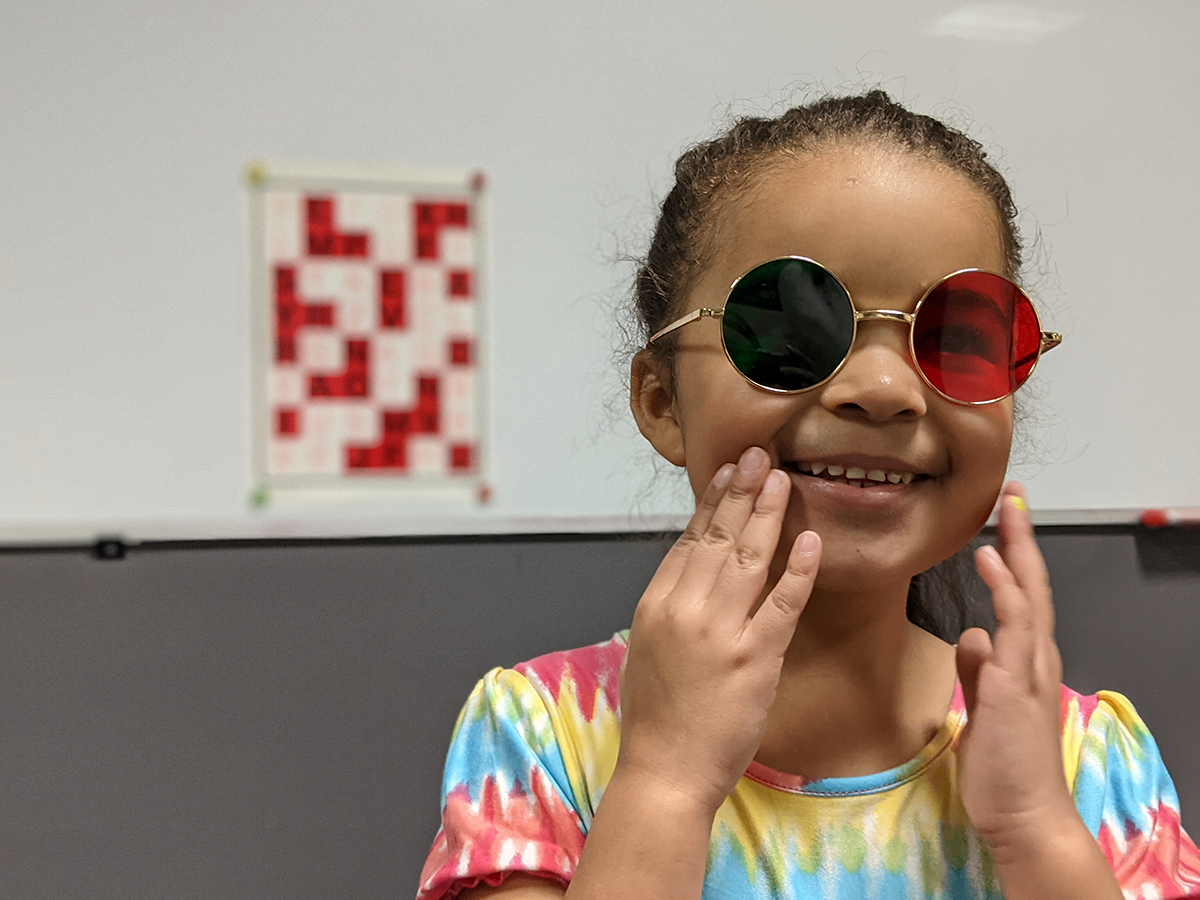Purpose: To develop and pattern right and left auditory fields with visual, tactual and kinesthetic associations.
Materials: Two five-oz plastic drinking cups, 12 feet of twine, chalkboard (Thread the twine through the bottoms of the two cups and knot each end).
Method:
1. Home assistant is to hold one cup in hand while patient places the other over one ear (i.e. a right-handed child should start by holding cup to left ear with left hand, and a left-handed child to his right ear.)
2. The patient should stand, comfortably facing the chalkboard. The home assistant should stand 12 feet away so the twine between cups is taut.
3. Home assistant grasps twine between thumb and forefinger without releasing twine throughout the activity. Run twine between thumb and forefinger in long and short bursts of movement.
4. Start with single burst of movement and have patient represent the duration of the sound by drawing a line on the chalkboard of the appropriate length. When possible to differentiate intensities (loudness) of sound, have patient draw with heavy or light touch of chalk on the board.
5. Next, produce groupings of sounds (two, three, four or more at a time), using combinations of intensity and duration.
6. As skill increases, the home assistant is to remove fingers from string and blow into the cup soflty, sharply, and for long and short durations. This produces more subtle sound differences.
7. Imaginative games using the two cups as intercoms for soft talking can be developed as well.
8. It is important to spend equal time (or as instructed) with cup to each ear.
9. Reverse the roles of assistant and patient. Have the patient send back to the assistant the code he has produced on the chalkboard.
Aspects to be emphasized:
1. Avoid harsh noises, as they can be very irritating. Check out any sounds on yourself first.
2. Ability to function equally well with right and left ear.
3. Ability to differentiate appropriately on the chalkboard between loud or soft, and long or short sounds.
4. Patient’s ability to interpret accurately his “chalkboard sounds” when sending them to the assistant.





